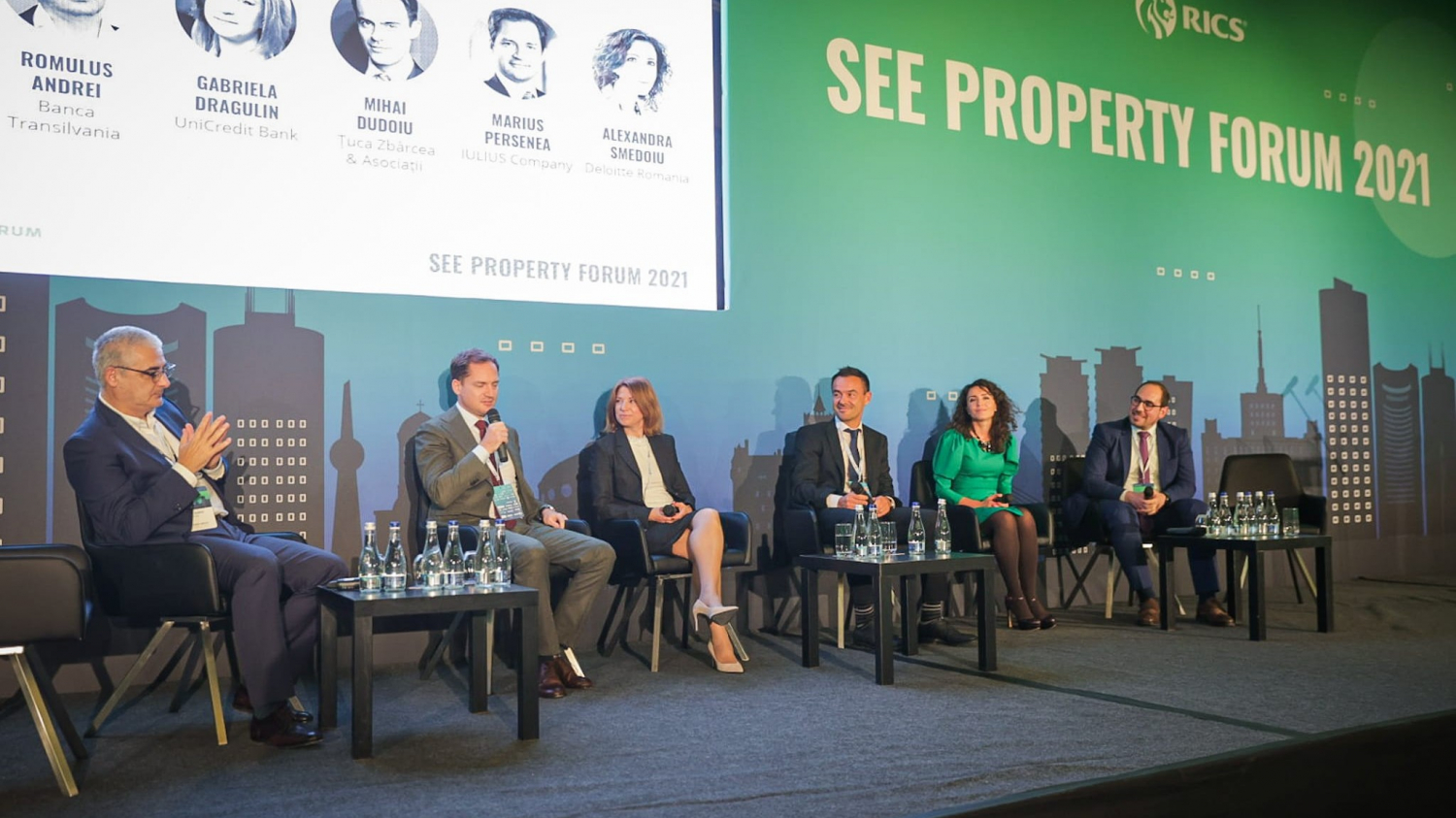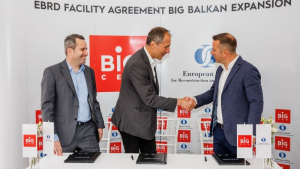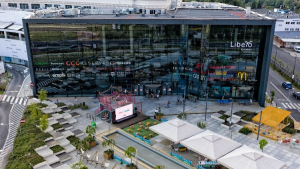
Banks loans dominate the financing market for property development, but the stock exchange, EU funds and state aid are emerging instruments, suggested speakers during the lenders vs borrowers panel of SEE Property Forum 2021, Property Forum's annual event in Bucharest.
Cristian Ezri, Chief Investment Officer at Yellow Tree, who chaired the panel, spoke about the funding patterns in asset classes.
There are difficulties for many office buildings in terms of occupancy rates because at present we do not have a clear balance between work from home versus office, according to Romulus Andrei, Director at Banca Transilvania. He added industrial and logistics will remain on an interesting path, while in residential there is still significant development.
Gabriela Dragulin, Head of Real Estate Finance at UniCredit Bank, spoke about the macroeconomic risks related to inflation, Romania’s trade and current account deficit and the health crisis. She added that real estate financing is usually based on euros, while each bank will have its own strategy in the current environment.
Mihai Dudoiu, Partner at Ţuca Zbârcea & Asociaţii, pointed out that green loans refer to an asset class or a specific project, while sustainability-linked loans are more of a corporate financing with long term development.
Bank lending remains the biggest and until this point the most efficient way to secure financing in Romania, said Marius Persenea, Chief Operating Officer of IULIUS Company. He added that more developers are looking to tap the capital markets to obtain funding for new investments. Persenea outlined the importance of keeping tight links with local lenders.
Alexandra Smedoiu, Partner and Real Estate Industry Leader at Deloitte Romania, presented the opportunities of EU funds and state aid as complementary financing instruments to conventional bank loans. On the EU money component, funding is available for investments in transport, including logistics parks, and for the development of buildings for SMEs.



